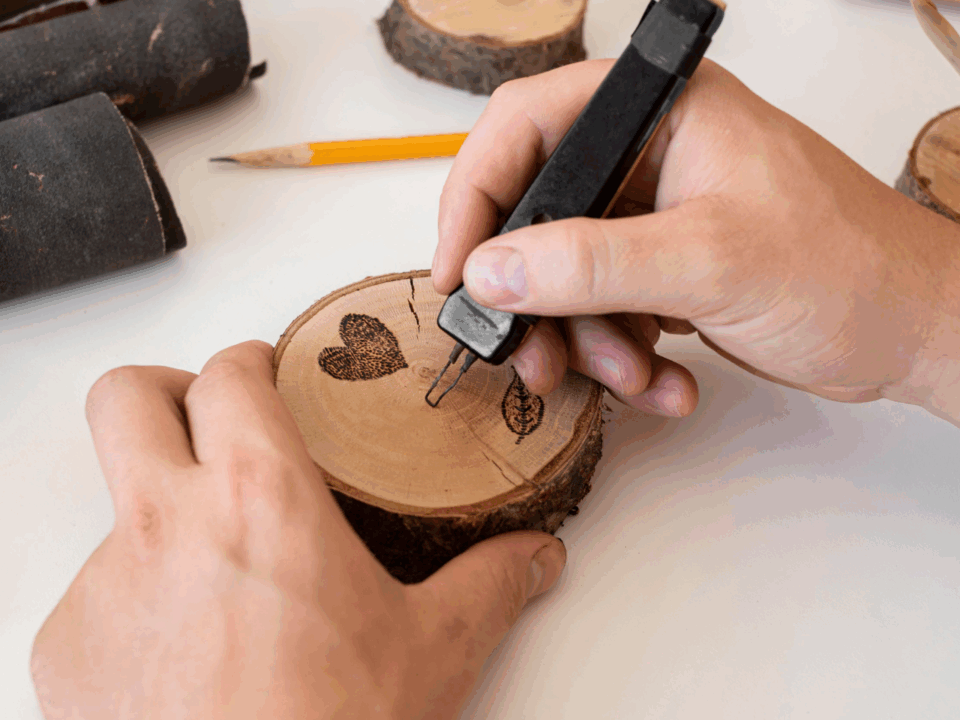It always begins the same way. Usually in the crafting aisles of Hobby Lobby, after I’ve had an iced latte and am so buzzed on caffeine that I think this is the perfect day to learn how to woodburn. Or sew. Or scrapbook. Really, whatever craft caught my eye in the store first. Then, with my newfound confidence in mastering this new craft, I hurriedly gather the supplies needed and rush home to get started. For the next week (or up to a month), I’m in the zone. Every spare moment is dedicated to this passion of mine, and countless hours are spent gluing or collaging or cutting. And then one day: *Poof* all interest in continuing the craft has disappeared. It’s really quite incredible. A magic trick I never asked for. And when someone asks me how my project is going, I have to admit, “I’m not doing it anymore.”
There are definitely benefits to sticking with a hobby. It can offer a reliable way to decompress, build discipline, foster a sense of continuity and belonging, and you obviously become more skilled at it. Also, by sticking to the same hobbies, you spend less money trying out a dozen just to give them up a month later.
But the honest truth? I kind of love jumping from hobby to hobby. And I don’t think it’s as bad as people make it out to be. We live in a world obsessed with mastery and monetization. If you’re not turning your crochet into an Etsy shop or posting perfect time-lapse videos of your bullet journal, are you even doing it right? The pressure to “stick with it” can suck the fun out before the glue on your first project has even dried.
That’s why, as a chronic hobby-hopper myself, I’m here to say that you don’t have to stick with the same hobbies if they’re not giving you the same joy they used to. I mean, you don’t have to move on as quickly as I seem to. In fact, I don’t recommend moving on as quickly as I seem to—it can end up costing a lot of money. But there is so much fun to be had in trying new things without the pressure to commit long-term to the project.
People love to say “try new things” as encouragement to step out of your comfort zone. I say use your comfort zone to try new things. Ever heard of “cozy hobbies”? It’s a concept that has gained a lot of popularity lately. Essentially, they are hobbies associated with comfort, relaxation, and unwinding. Cozy hobbies are a great example of low-commitment projects that still let you try new things.
It’s true, sometimes I wish I were someone who stuck with more hobbies. Someone who can proudly say, “I’ve been doing this for ten years,” and have the shelves of neatly organized supplies and completed projects to prove it. But I’ve realized there’s no “right” way to be creative. And for some people, switching things up keeps them more engaged than sticking with the same thing. Our closets are less like museums of mastery and more like time capsules of each life stage we’ve been through. I genuinely don’t think the point of hobbies is to finish them, but to have them. To do an activity that takes your mind off the real world and lets you get creative and work your brain in a different way.
I used to feel like quitting a hobby meant failure, but now I think it just means I was curious enough to try in the first place. And isn’t that the best part? The excitement of jumping into something new, even if it only lasts a little while. So, if you need me, I’ll be strolling the aisles of Hobby Lobby, looking for my next spark of curiosity.





